Ever wonder why your sweet kitty has a wild side? It’s in their blood.
Despite the comfy life of a pampered pet, domestic cats carry the fierce legacy of their big cat ancestors. Those adorable little quirks? They’re deeply rooted in the primal instincts passed down from lions, tigers, and leopards.
From hunting techniques to body language, your cat’s behavior is more than just adorable—it’s downright ancient. It’s like a tiny jungle predator lurking in your living room.
Ready to see your domestic cat in a whole new light? Let’s break down the wild behaviors that prove your furry friend is a true descendant of the wild!
Hunting Instinct

Cats are natural hunters, a trait they share with their big cat cousins. A domestic cat might pounce on a toy or a flickering shadow, mimicking the stalking and chasing behaviors of a lion or cheetah in the wild.
These instincts are so ingrained that even well-fed house cats will engage in play that resembles hunting. Watching a cat’s tail twitch as it prepares to pounce is a clear reminder of its wild ancestry.
This need to hunt and chase is why interactive play is so important for a cat’s mental and physical health.
Territorial Marking
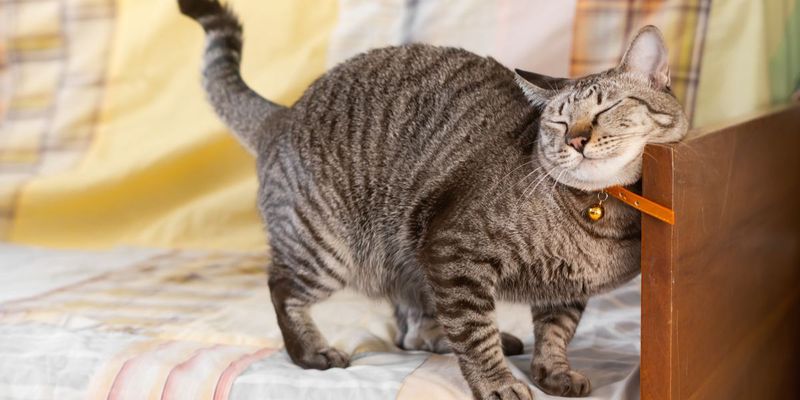
Cats are known for being territorial, a behavior they inherit from big cats. By rubbing their faces on objects, they mark their territory with scent glands located around their lips and cheeks.
In the wild, big cats like tigers and lions do the same, claiming their domain and warding off potential rivals. This behavior reassures domestic cats, providing them with familiarity and comfort within their territory.
Understanding this behavior can help cat owners manage their pets’ environment, ensuring they feel secure and happy in their home.
Nocturnal Habits
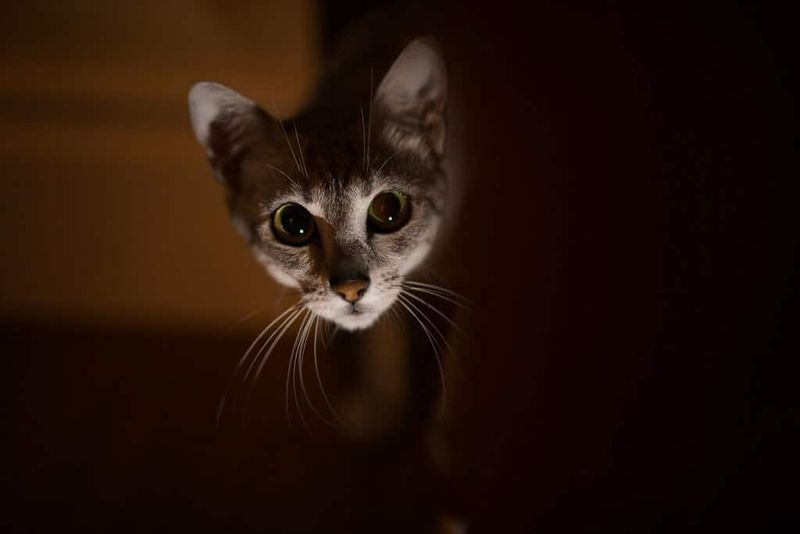
Cats are famed for their nocturnal nature, a trait passed down from their wild ancestors. Big cats like leopards and jaguars often hunt at night, relying on their exceptional night vision.
Many domestic cats exhibit increased activity during the twilight hours, engaging in playful or exploratory behavior. This instinctive pattern can be seen as they zoom around the house or curiously investigate shadowy corners.
To accommodate this, cat owners might consider providing night-time activities or toys to satisfy their feline’s inner night prowler.
Stalking Behavior

Stalking is a behavior that domestic cats inherit from big cats, essential for successful hunting in the wild. A house cat will demonstrate this by sneaking up on its toys or pouncing on unsuspecting feet.
This stealthy approach is a skill honed by big cats to ensure they capture their prey with precision. It’s fascinating to observe how a domestic cat can channel the focus and patience of a leopard.
Engaging in interactive play that mimics stalking can provide a satisfying outlet for these innate behaviors.
Purring as Communication
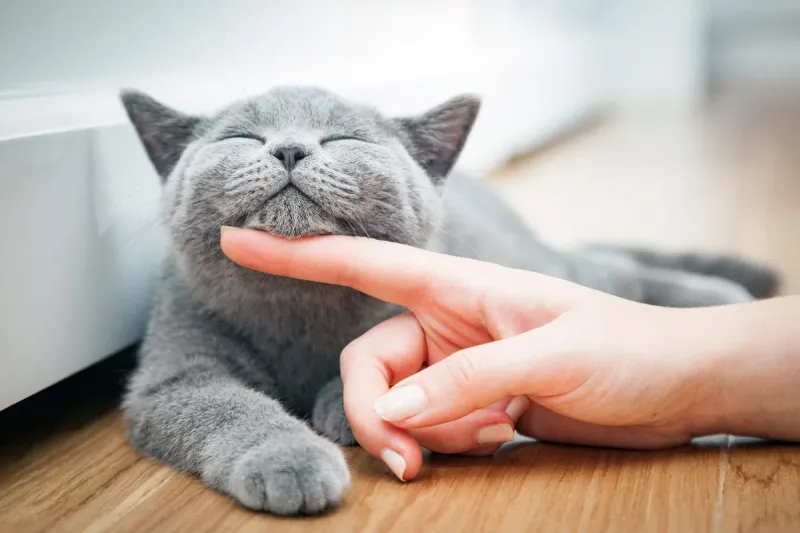
Purring is a multifaceted form of communication among cats, believed to be inherited from their big cat relatives. While big cats like cheetahs can purr, domestic cats do so to express contentment or soothe themselves.
The sound is produced through the rapid contraction of muscles within the larynx, creating a unique form of self-expression. Unlike most big cats, who roar to communicate territory or dominance, domestic cats often purr to signal happiness or request attention.
Recognizing the nuances of purring can enrich a cat owner’s understanding of their pet’s emotional state.
Tail Twitching

A cat’s tail tells a story. When a domestic cat twitches its tail, it echoes the behavior of big cats like tigers or leopards as they focus intently on prey.
This subtle movement can indicate excitement, curiosity, or agitation. Observing a cat’s tail can provide insight into its mood or intentions, much like watching a lion’s tail flick before a chase.
For cat owners, understanding tail language is a valuable tool in interpreting their pet’s feelings and enhancing their bond.
Grooming Rituals
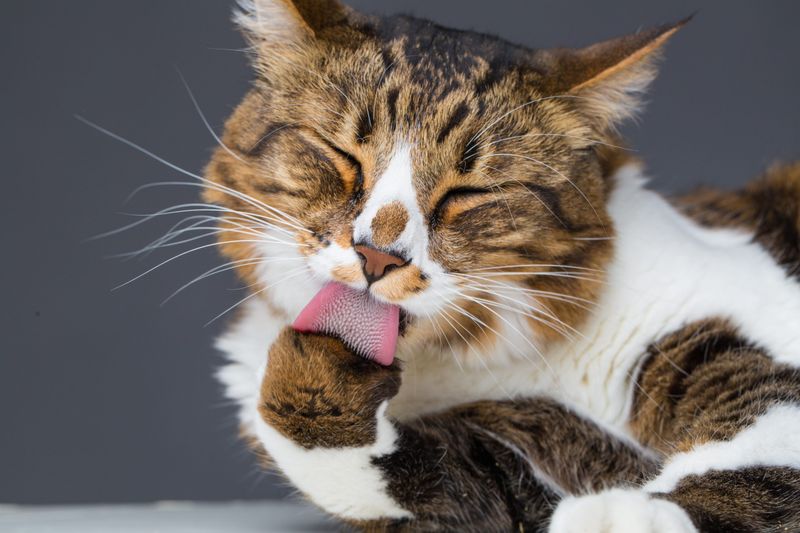
Grooming is a vital behavior for both big and small cats, serving purposes beyond cleanliness. Domestic cats spend a considerable amount of time grooming, a habit inherited from their wild ancestors.
This behavior helps in removing parasites, distributing natural oils, and reinforcing social bonds when done in groups. In the wild, lions and other big cats groom to maintain their majestic appearance and health.
Understanding this, cat owners can assist with regular brushing, which mimics this natural grooming ritual and strengthens their relationship with their pet.
Climbing Proficiency
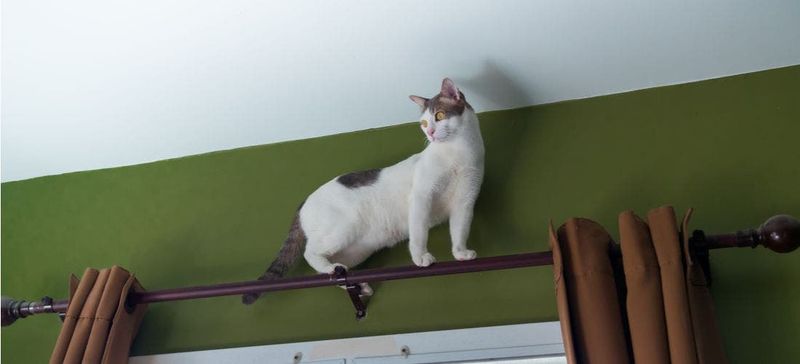
Cats are natural climbers, a skill inherited from big cats such as leopards and jaguars, which often rest in trees. This climbing prowess is evident when domestic cats scale furniture or perch on high ledges.
This behavior is driven by a need for safety and vantage, allowing them to survey their territory or escape threats. Providing climbing opportunities at home gives cats a chance to fulfill this instinct.
Cat trees or shelves can offer safe climbing options, enriching their environment and satisfying their need for height and exploration.
Ambush Tactics
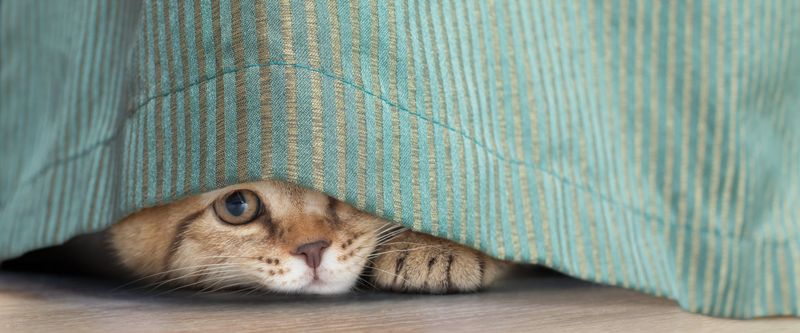
Ambushing is a hunting strategy seen in both domestic and big cats. Cats love to hide and then suddenly pounce, a tactic used by wild cats like lions to catch prey by surprise.
This playful ambush behavior is a reflection of their predatory instincts, providing fun and exercise. Cats often practice this tactic with toys or siblings, honing their skills and staying agile.
Creating opportunities for ambush games can help cats express this natural behavior constructively, ensuring they remain active and mentally stimulated.
Vocal Range
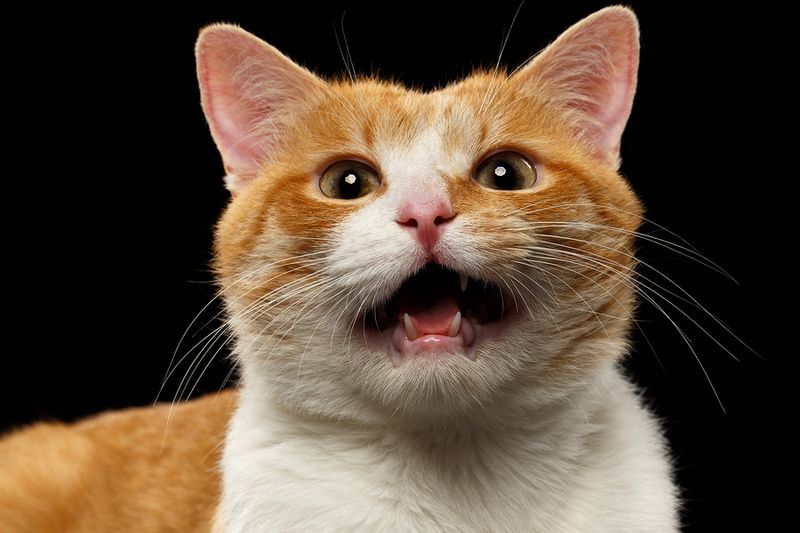
Domestic cats possess a diverse vocal range, a trait inherited from their big cat relatives. From the roar of lions to the chirps of cheetahs, these vocalizations serve crucial communication purposes in the wild.
While domestic cats cannot roar, they have a wide array of sounds like meows, hisses, and chirrups, each conveying different messages. This vocal versatility helps cats express needs, emotions, and social cues to their owners.
Understanding a cat’s vocalizations can deepen the connection between pet and owner, enhancing communication and care.
Scratching as Marking
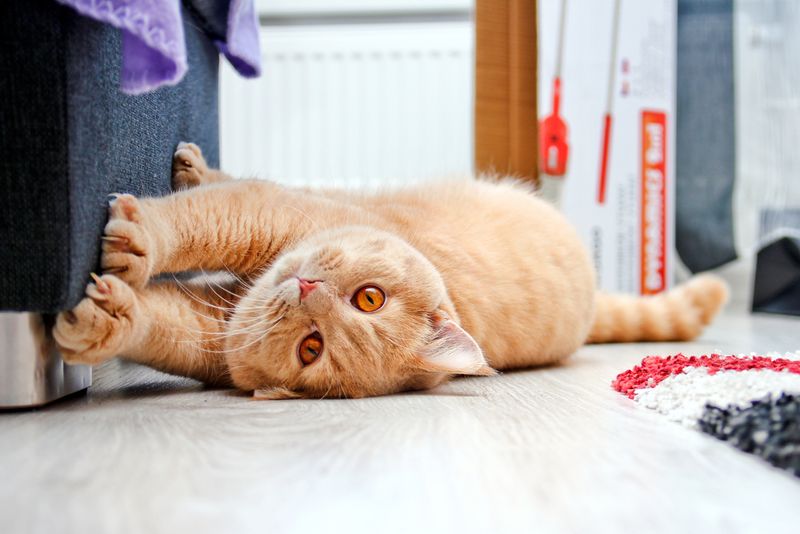
Scratching is more than just nail maintenance; it’s a form of marking territory, passed down from big cats. In the wild, tigers and other big cats scratch trees to leave visual and scent markers.
For domestic cats, scratching serves to sharpen claws and communicate presence. Providing appropriate scratching surfaces can help protect furniture and allow cats to express this behavior naturally.
Recognizing this instinctual need can aid cat owners in creating a harmonious living space that respects their cat’s natural tendencies.
Sunbathing

Cats adore sunbathing, a behavior reminiscent of big cats enjoying the warmth of the savanna. This affinity for sunning is more than just comfort; it aids in vitamin D synthesis and thermoregulation.
Domestic cats will often find a sunlit spot and stretch luxuriously, soaking in the warmth. This instinctive behavior highlights their need for environmental comfort and relaxation.
Ensuring access to sunny spots can enhance a cat’s well-being, providing them with opportunities to indulge in this blissful pastime that connects them with their wild heritage.

